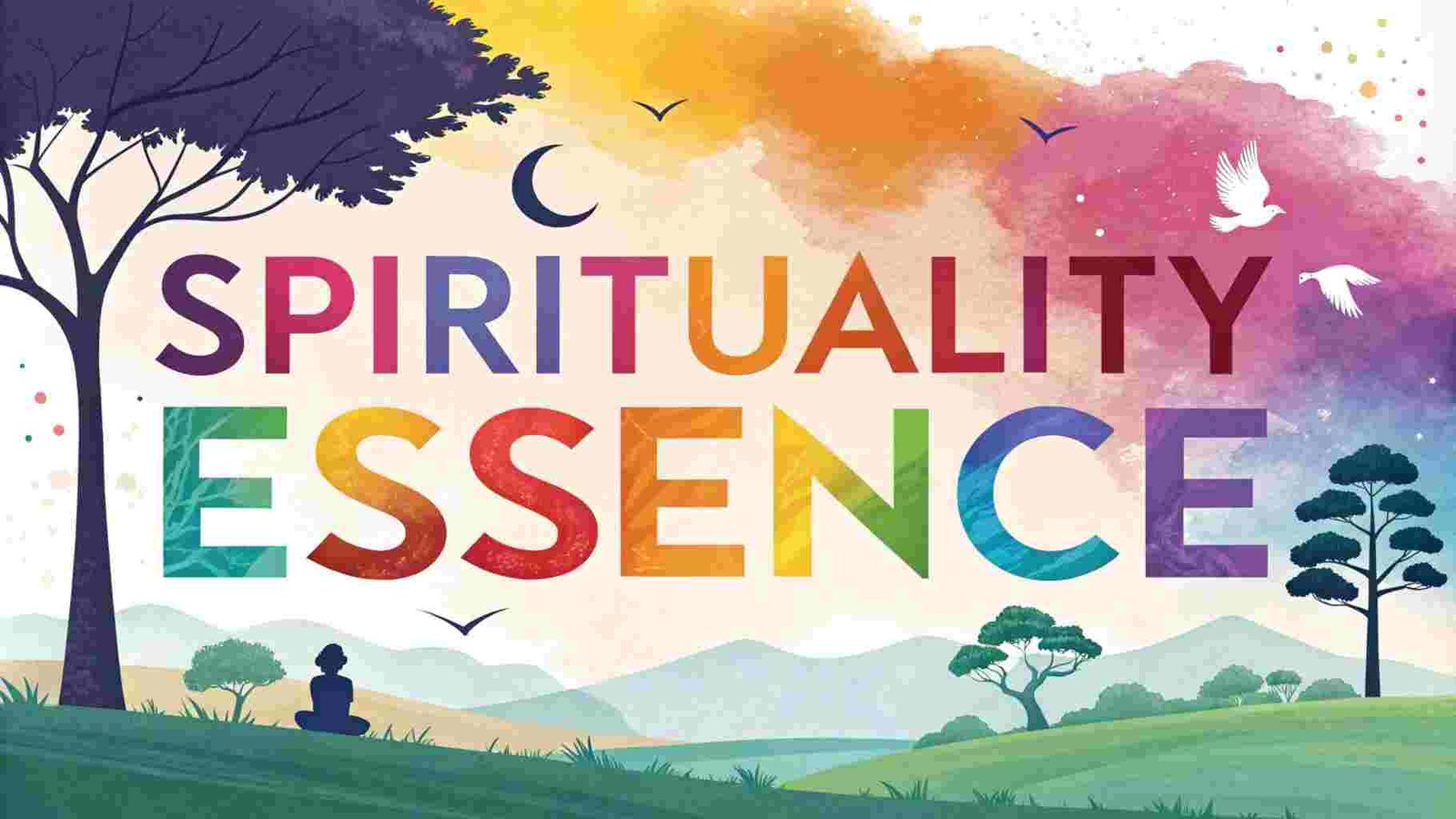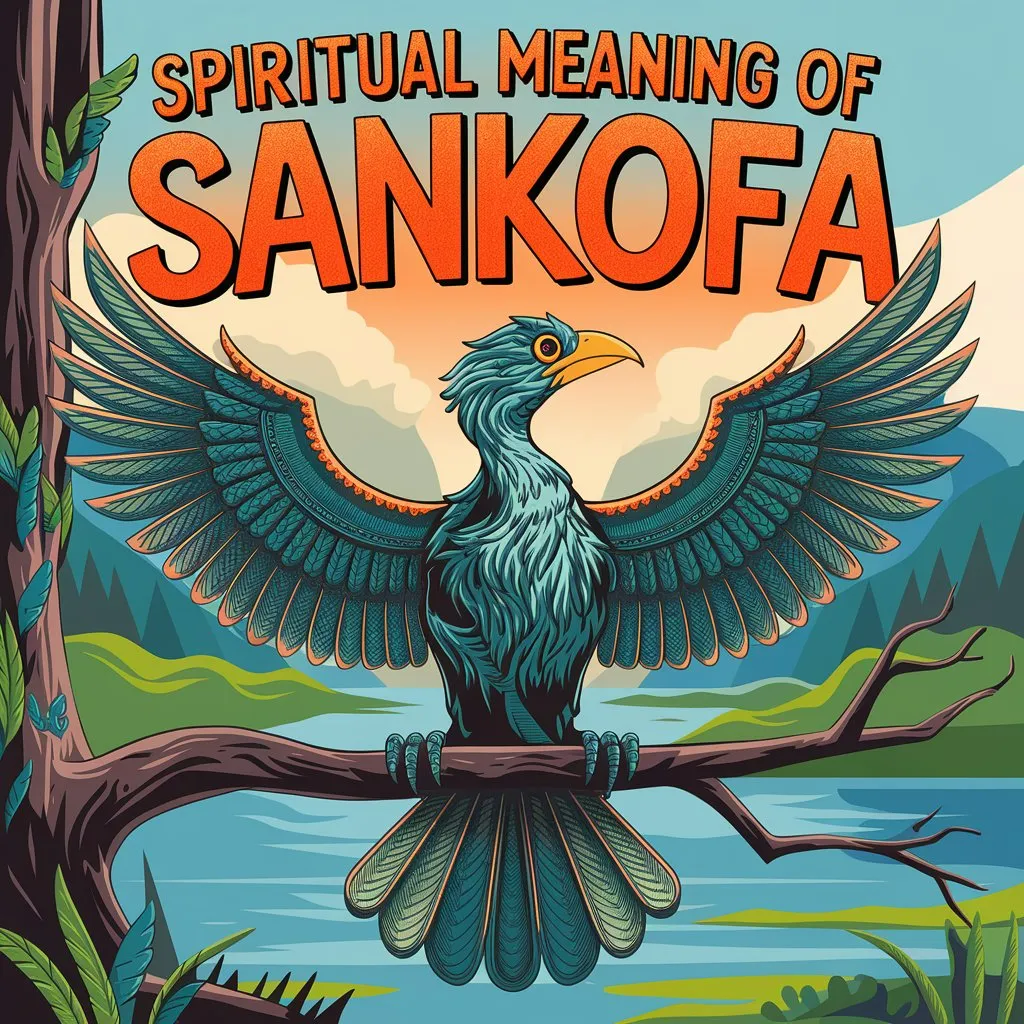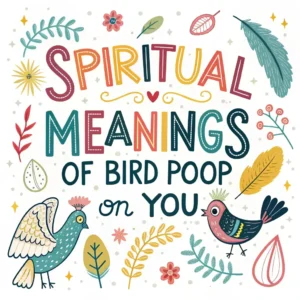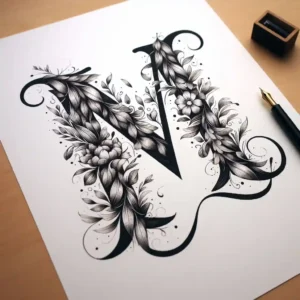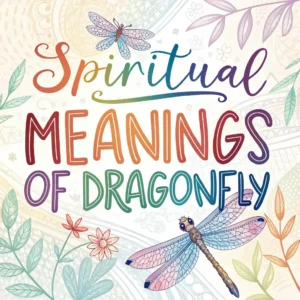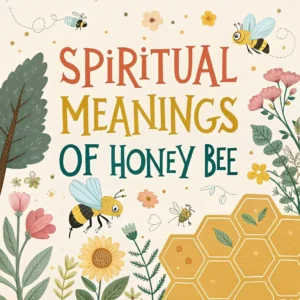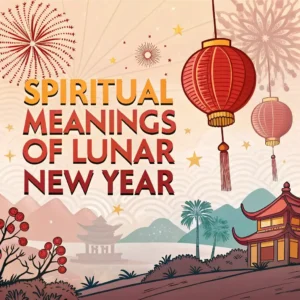You’re likely familiar with the Sankofa symbol, but have you ever stopped to consider its deeper spiritual meaning? In African symbolism, this mythical bird represents a powerful reminder to balance past and future, and to tap into the wisdom of your ancestors.
By embracing your cultural heritage and reconnecting with your roots, you can gain a deeper understanding of yourself and the world around you.
But what exactly does Sankofa symbolize, and how can you apply its wisdom to your life? Let’s explore the 13 spiritual meanings of Sankofa and discover the profound impact it can have.
In a Nutshell
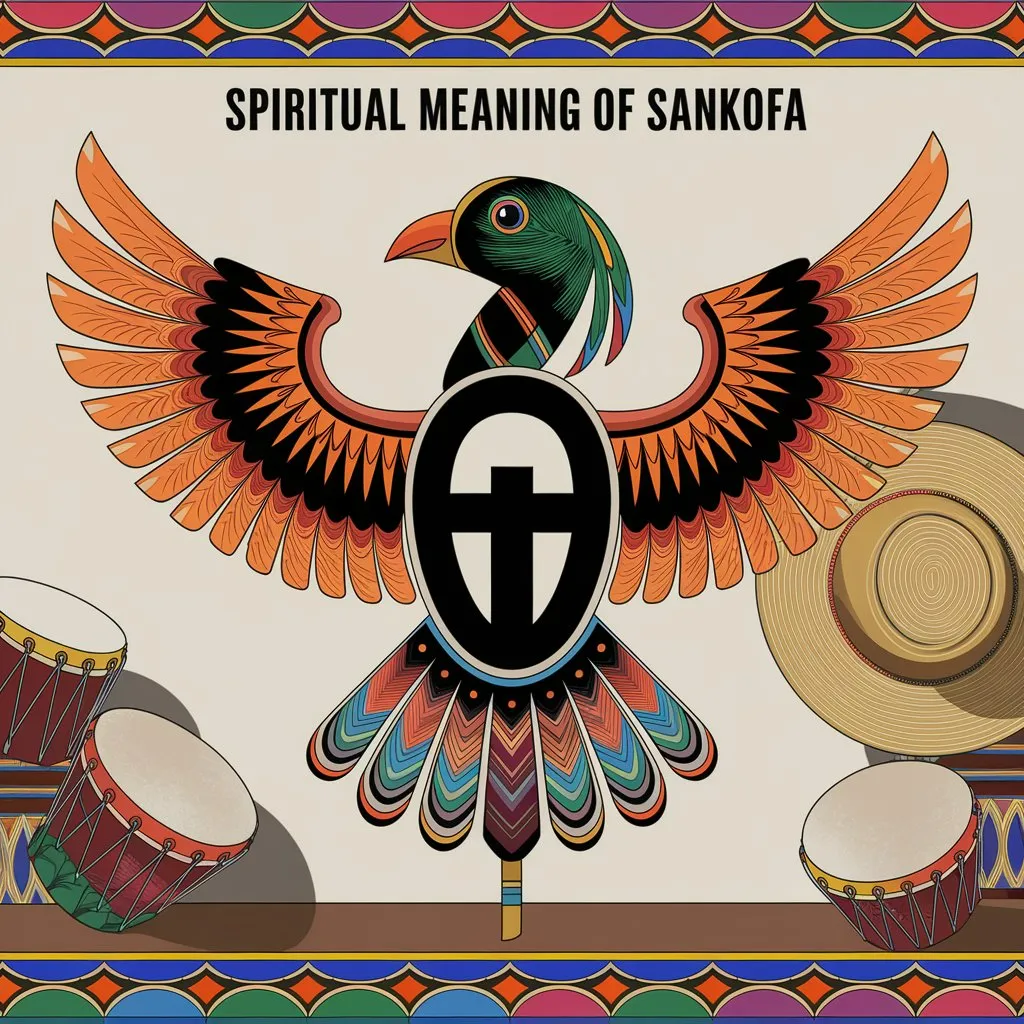
- Sankofa symbolizes looking back to retrieve wisdom from past experiences for growth and transformation.
- Honoring ancestors and heritage is integral to the Sankofa symbol’s significance, acknowledging contributions of past generations.
- Embracing Sankofa strikes a delicate balance between the past and the future, preserving cultural legacy and navigating life’s challenges.
- Sankofa represents resilience, strength, and spiritual guidance, drawing upon inner resolve to build character and navigate life’s challenges.
- Introspection and mindfulness are key aspects of Sankofa, fostering mental clarity, emotional healing, and a deeper understanding of oneself and the world.
Learning From Past Experiences
Wisdom gained from past experiences serves as a powerful catalyst for growth and transformation. When you reflect on your past, you uncover valuable lessons that can guide you in the present and shape your future.
The Sankofa symbol reminds you to look back and retrieve the wisdom you’ve gained from past experiences. This symbol, originating from the Akan people of Ghana, represents the importance of learning from past mistakes and successes.
As you explore your past, you may discover forgotten wisdom that can inform your decisions and actions today.
Past lessons can help you develop a stronger sense of self, allowing you to navigate life’s challenges with greater ease and confidence. By embracing your past experiences, you can break free from patterns that no longer serve you and forge a new path forward.
The Sankofa symbol encourages you to reclaim your past and use its wisdom to create a brighter, more fulfilling future. By doing so, you’ll cultivate a deeper understanding of yourself and your place in the world.
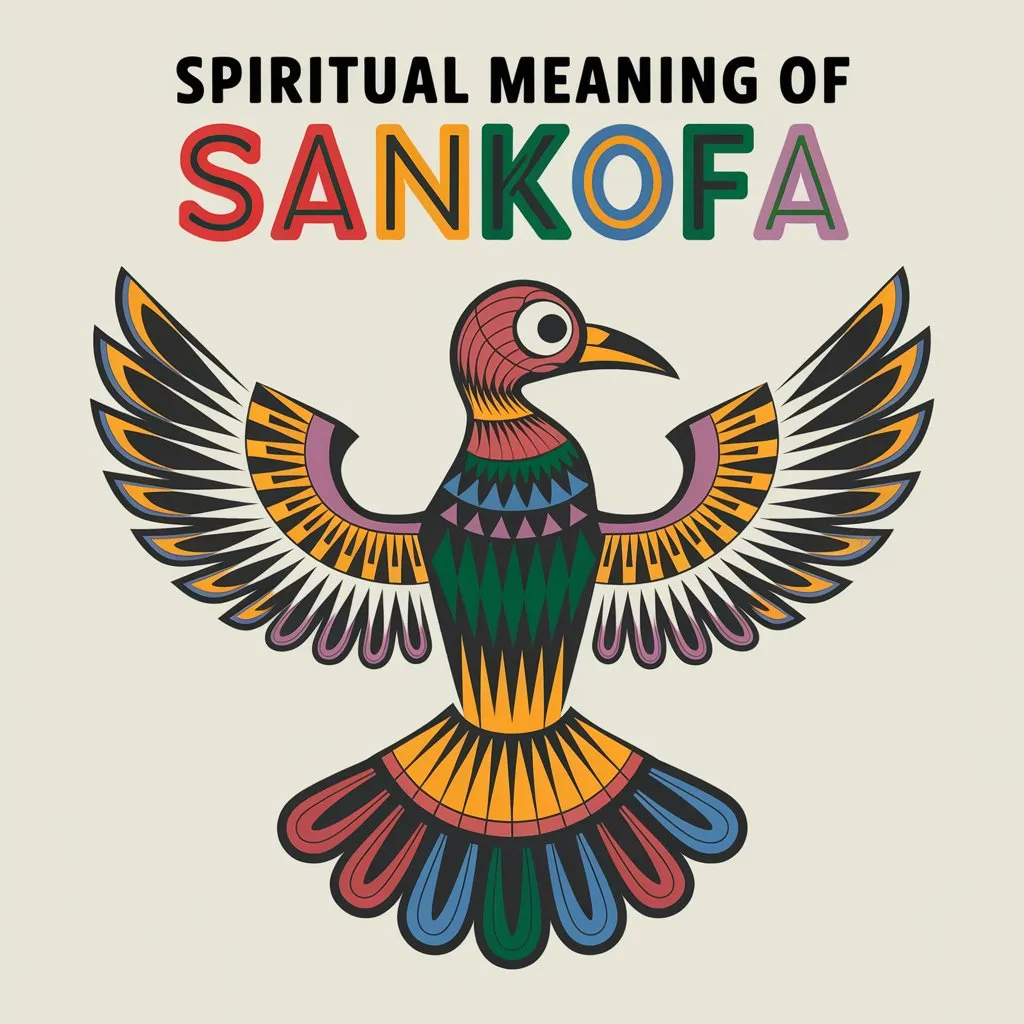
Honoring Ancestors and Heritage
Honoring your ancestors and heritage is an integral part of the Sankofa symbol’s significance. This aspect of the symbol emphasizes the importance of acknowledging and respecting the contributions of those who came before you. By honoring your ancestors, you’re not only preserving their memory but also their cultural legacy.
This cultural preservation is crucial in understanding your identity and the values that shape your community.
When you honor your ancestors, you’re also acknowledging the sacrifices they made to ensure your well-being and the well-being of future generations. This sense of gratitude and respect is essential in maintaining a strong family legacy.
The Sankofa symbol encourages you to look back and appreciate the journey that has brought you to where you’re today. By doing so, you’re able to appreciate the struggles and triumphs of your ancestors and use their experiences as a foundation for your own growth.
This connection to your heritage provides a sense of belonging and roots, allowing you to navigate life’s challenges with confidence and purpose.
Balance Between Past and Future
Embracing the Sankofa symbol means striking a delicate balance between the past and the future. This balance is crucial, as it allows you to learn from the experiences of your ancestors while also forging a path forward.
Effective time management is key to achieving this balance. By prioritizing tasks and allocating time for both historical preservation and future planning, you can ensure that you’re honoring your heritage without getting stuck in the past.
Historical preservation is an essential aspect of Sankofa symbolism, as it involves learning from the past and carrying those lessons into the future.
This can involve studying the traditions and customs of your ancestors, as well as preserving cultural artifacts and stories. By doing so, you can gain a deeper understanding of where you come from and how to move forward in a way that’s true to your roots.
As you navigate this balance, remember that the past and future are interconnected. By honoring your heritage, you can build a stronger foundation for your future.
Wisdom Through Self-Reflection
As you reflect on the lessons of your ancestors and the path forward, you’re likely to realize that self-reflection is an ongoing process that fuels personal growth. The Sankofa symbol reminds you that looking back and learning from the past is essential to moving forward. This introspection fosters mental clarity, enabling you to discern what’s truly important and what’s holding you back.
By examining your experiences, you’ll gain valuable insights into your strengths, weaknesses, and motivations.
Through self-reflection, you’ll tap into your inner wisdom, allowing you to make more informed decisions that align with your values and goals. This, in turn, will boost your confidence and resilience. As you navigate life’s challenges, you’ll become more attuned to your intuition, trusting your inner voice to guide you.
By embracing the wisdom of Sankofa, you’ll cultivate a deeper understanding of yourself and your place in the world. This self-awareness is the key to unlocking your full potential and living a more authentic, meaningful life.
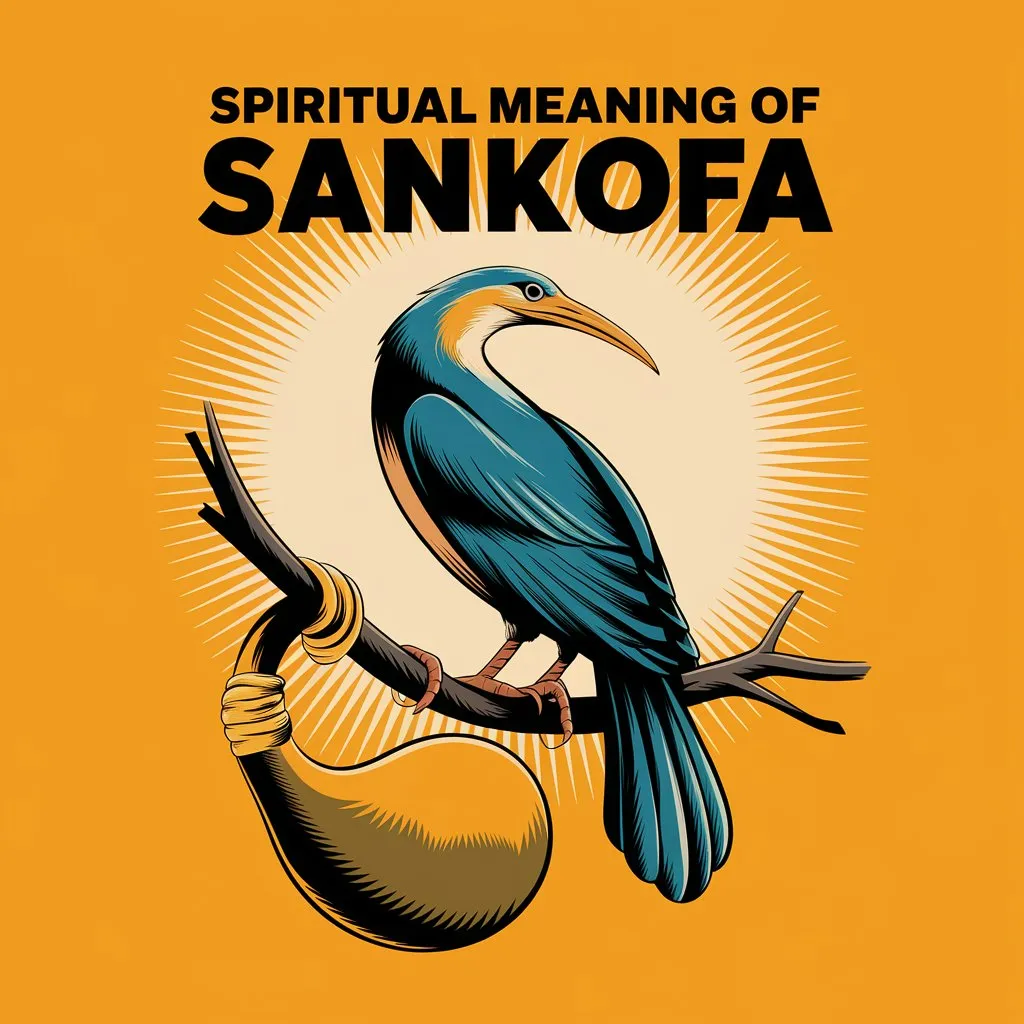
Connection to Cultural Roots
The Sankofa symbol holds profound significance in reconnecting you with your cultural roots, bridging the gap between your ancestral heritage and modern experiences.
By embracing Sankofa, you’re taking the first step in Redefining Identity and reclaiming your cultural heritage. This powerful symbol serves as a reminder to look back, learn from the past, and use that knowledge to navigate the present and shape the future.
| Cultural Aspect | Description | Sankofa’s Role |
|---|---|---|
| Ancestral Heritage | Understanding your ancestral roots and traditions | Connecting you to your heritage and preserving cultural legacy |
| Community Ties | Strengthening bonds with your community and cultural group | Fostering a sense of belonging and unity among community members |
| Traditional Practices | Preserving and honoring traditional practices and customs | Educating you on the significance of cultural traditions and promoting Cultural Preservation |
| Intergenerational Knowledge | Passing down knowledge and stories from one generation to the next | Facilitating the transfer of cultural knowledge and wisdom between generations |
Embracing Personal Growth
Reconnecting with your cultural roots through the Sankofa symbol sets the stage for a profound journey of self-discovery and growth.
As you delve deeper into the wisdom of Sankofa, you’ll find that this African symbol encourages you to reflect on the past, learn from it, and use those lessons to inform your present and shape your future.
This introspective process can lead to mental clarity, as you gain a deeper understanding of yourself and your place in the world.
Embracing the Sankofa symbol can be a powerful catalyst for personal growth. Here are some ways you can harness its transformative energy:
- Reflect on past experiences: Take time to review your past, acknowledging successes and setbacks. Use these reflections to identify patterns and areas for improvement.
- Learn from your ancestors: Study the stories and traditions of your ancestors, and apply their wisdom to your own life.
- Let go of what no longer serves you: As you grow and evolve, release the things that hold you back, making space for new experiences and relationships.
- Integrate new insights: As you gain new understanding, incorporate these lessons into your daily life, allowing yourself to undergo a profound inner transformation.
Symbol of Resilience and Strength
Ancient Adinkra symbols like Sankofa serve as powerful reminders that strength and resilience can be cultivated through embracing the lessons of the past. As you reflect on the Sankofa symbol, you’re encouraged to draw upon your inner resolve to build character and navigate life’s challenges. This symbol reminds you that your experiences, both joyful and painful, are essential to your growth and development.
| Aspect of Resilience | Description | Application |
|---|---|---|
| Courage | Embracing fear and uncertainty | Step out of your comfort zone and take calculated risks |
| Adaptability | Adjusting to changing circumstances | Remain flexible and open to new experiences |
| Self-awareness | Recognizing your strengths and weaknesses | Develop a growth mindset and focus on self-improvement |
| Perseverance | Overcoming obstacles and setbacks | Stay committed to your goals and keep moving forward |
| Community | Surrounding yourself with supportive people | Nurture your relationships and build a strong support network |
Importance of Introspection
Wisdom calls for introspection, a deliberate process of looking inward to understand yourself, your values, and your aspirations.
As you embark on this journey of self-discovery, you create space for mental clarity and emotional healing. Your inner sanctum, once cluttered with doubts and fears, begins to transform into a sanctuary of peace and calmness.
To cultivate introspection and reap its benefits, consider the following mindfulness practices:
- Journaling therapy: Write down your thoughts, feelings, and experiences to process and release them.
- Solo retreats: Take time for yourself, away from distractions, to focus on quiet contemplation and inner growth.
- Stillness meditation: Practice sitting in stillness, focusing on your breath, and letting go of thoughts and emotions.
- Setting personal boundaries: Learn to say “no” and prioritize your own needs, protecting your time and energy for self-reflection.
Through introspection, you’ll develop a deeper understanding of yourself and the world around you.
This wisdom will guide you in making conscious decisions, fostering meaningful relationships, and living a life that aligns with your values and aspirations.
Bridging Generational Gaps
As you deepen your understanding of yourself through introspection, you’re likely to develop a greater appreciation for the experiences and perspectives of those who came before you. This newfound appreciation can serve as a bridge between generations, fostering a deeper connection with your heritage and community.
By embracing the wisdom of your elders, you’re not only honoring their legacy but also empowering yourself with the knowledge and insights they’ve gained over the years.
Bridging generational gaps is essential for the well-being of the community as a whole. When the elderly are empowered to share their experiences and perspectives, they feel valued and respected, which can lead to a sense of fulfillment and purpose.
Conversely, youth engagement is also crucial, as it allows younger generations to learn from the past and build upon the foundations laid by their ancestors. By creating opportunities for intergenerational dialogue and collaboration, we can break down barriers and create a more cohesive and connected community.
Preserving Traditional Knowledge
The connections you forge with your heritage and community through bridging generational gaps create a rich foundation for exploring and understanding your cultural traditions.
Preserving traditional knowledge is an essential part of this journey, as it allows you to tap into the collective wisdom and experiences of your ancestors. By doing so, you can gain a deeper understanding of your cultural identity and the symbolism surrounding the Sankofa bird.
Preserving traditional knowledge involves several key steps:
- Archiving history: Collecting and preserving historical documents, oral stories, and cultural artifacts that hold significant meaning to your community.
- Documenting heritage: Recording and transcribing the stories, traditions, and customs passed down through generations.
- Passing on traditions: Sharing cultural practices and knowledge with younger generations to ensure their continuation.
- Respecting cultural protocols: Honoring the cultural protocols and guidelines surrounding the sharing of traditional knowledge to avoid cultural appropriation or misrepresentation.
Spiritual Guidance and Protection
Embracing the profound symbolism of the Sankofa bird, you tap into its spiritual guidance and protection, a powerful force that navigates you through life’s challenges and triumphs.
By honoring the wisdom of your ancestors, you open yourself to divine intervention, allowing the universe to guide and support you on your journey. The Sankofa’s backward glance represents a call to look within, to reflect on your past and present, and to seek wisdom from the experiences that have shaped you.
As you connect with the Sankofa’s energy, you may experience a spiritual awakening, a deeper understanding of your purpose and place in the world.
This awakening can bring a sense of clarity and direction, empowering you to make choices that align with your values and aspirations. The Sankofa’s protection isn’t a shield from challenges, but a source of strength and resilience that enables you to face them with courage and determination.
Overcoming Adversity and Challenges
In navigating life’s turbulent waters, you’ll undoubtedly face adversity and challenges that test your resolve and character.
The Sankofa bird, with its gaze fixed on the past, reminds you that wisdom lies in learning from your experiences. As you confront obstacles, it’s essential to acknowledge the lessons they bring.
Here are four ways Sankofa’s wisdom can help you overcome adversity:
- Acknowledge your mistakes: Recognize the role you played in creating your current situation and take responsibility for your actions.
- Let go of resentment: Embracing forgiveness allows you to release the weight of negativity, freeing you to move forward.
- Rise above the challenge: Sankofa’s upward gaze encourages you to elevate your perspective, finding opportunities for growth and improvement.
- Integrate the lessons: Incorporate the wisdom gained from your experiences into your present, allowing you to make more informed decisions and navigate future challenges with greater ease.
Finding Inner Peace and Harmony
With Sankofa’s wisdom guiding you, navigating life’s complexities can lead you to a profound sense of inner peace and harmony.
As you integrate the lessons of the past, you’ll find that your mental clarity sharpens, allowing you to make informed decisions that align with your values and goals.
This clarity, in turn, fosters emotional healing, as you confront and release long-held wounds and traumas.
FAQs
Can Sankofa Be Used in Non-African Cultures and Traditions?
You can appreciate Sankofa’s cross-cultural relevance, recognizing its value in intercultural exchange. By understanding its rich history, you can respectfully incorporate Sankofa’s wisdom into your own traditions, fostering a sense of global belonging.
How Does Sankofa Relate to Modern Technology and Progress?
You navigate the intersection of tradition and innovation, realizing that embracing modern technology can preserve cultural heritage, such as digital preservation of historical artifacts, and enrich your technological heritage, honoring the past while advancing forward.
Is Sankofa a Symbol of Good Luck or Prosperity?
You seek symbols of good luck or prosperity, but consider this: Sankofa represents karmic balance, reminding you to respect ancestral guidance. By honoring your heritage, you may attract positive energy and fortune into your life.
Can Sankofa Be Used in Conjunction With Other Spiritual Practices?
You can incorporate Sankofa into your spiritual practice by integrating it with mindfulness and intention setting. Combine Sankofa’s reflective wisdom with meditation, and set intentions that honor your ancestors and cultural heritage, fostering a deeper connection.
How Does Sankofa Impact Mental Health and Well-Being?
You may find that embracing ancestral guidance fosters inner healing, as it encourages introspection and self-awareness. This practice can help you process past traumas, reframe negative thoughts, and cultivate a greater sense of emotional balance.

Hello, I’m Zephyra, your guide at SpiritualityEssence.com. I’m passionate about uncovering life’s mysteries and sharing transformative insights. Let’s explore mindfulness, ancient rituals, and the path to a more awakened life together. Join me on this spiritual journey!
